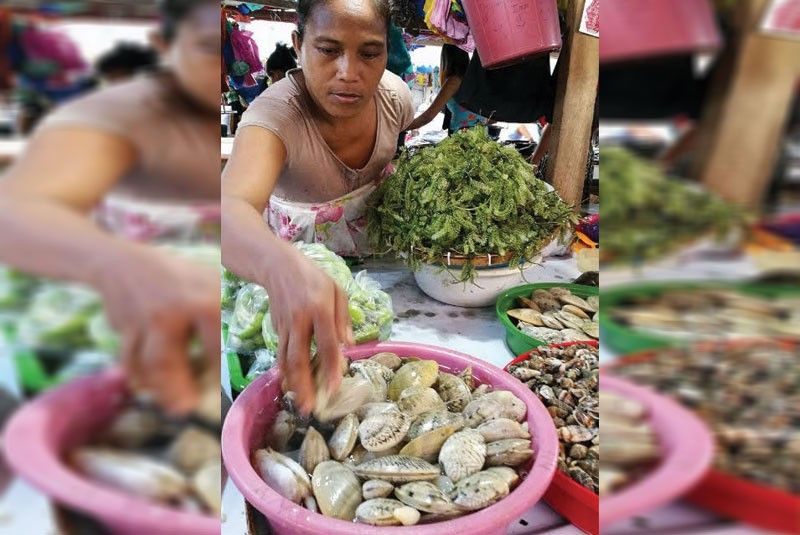Shellfish from Bohol not safe for consumption – BFAR

CEBU, Philippines - All kinds of shellfish gathered from Bohol are not safe for consumption.
The Bureau of Fisheries and Aquatic Resources (BFAR)-7 made the stern warning against eating and catching shellfish in the coastal waters of Bohol found positive for paralytic shellfish poison or red tide toxin.
BFAR hoisted anew the red tide alert in Bohol Monday.
The agency said shellfish gathered in the waters of Tagbilaran City and Dauis town in Bohol remain contaminated with paralytic shellfish poison based on the latest laboratory results of BFAR central office.
“Based on the latest laboratory results of the BFAR and local government units, shellfishes collected at coastal waters of Dauis town and Tagbilaran City in Bohol are still positive for paralytic shellfish poison that is beyond the regulatory limit,” read BFAR’s eight shellfish bulletin report dated March 6.
Other coastal areas found positive for red tide toxin are western Samar, Eastern Samar, Leyte, Biliran province, Iloilo, Puerto Princesa in Palawan, and Masbate.
BFAR-7 Director Alan Poquita warned that all types of shellfish and acetes or alamang harvested from these areas are still not safe for human consumption due to saxitoxin, a powerful neurotoxin produced by certain dinoflagellates found in red tides that sometimes occur in and render toxic normally edible mollusks which feed on them.
Poquita said fish, squids, shrimps and crabs, on the other hand, are safe for human consumption, provided that they are fresh and washed thoroughly, and internal organs, such as gills and intestines, removed before cooking.
He warned that consuming toxic shellfish might be fatal or the person may experience vomiting or dizziness, noting that the children, the sickly and elderly are the most vulnerable.
Poquita said red tide has been recurring in Bohol for years now.
A similar red tide advisory—covering Dauis and Tagbilaran areas—ran sometime in June 2015 to March last year.
In June 2015, at least 12 people in Bohol were rushed to the hospital for red tide poisoning.
Poquita assured that local government units oversee the coastal activities to prevent fishers and locals from collecting these aquatic-shelled species preventing such to reach marketplaces.
He said there is a slim chance for these products to reach the markets or fish ports in neighboring provinces like Cebu since these are usually harvested for consumption rather than for commercial purposes.
The fish port in Barangay Pasil, Cebu City is considered as the largest fish market in the Visayas region that is open to various fish products from other islands
“Red tide” is a common name for a phenomenon known as an algal bloom, an event in which estuarine, marine, or freshwater algae accumulate rapidly in the water column, or “bloom.”
The most conspicuous effects of red tides are the associated wildlife mortalities among marine and coastal species of fish, birds, marine mammals and other organisms.
These algae, more specifically phytoplankton, are microscopic, single-celled protists, plant-like organisms that can form dense, visible patches near the water’s surface. (FREEMAN)
- Latest






















